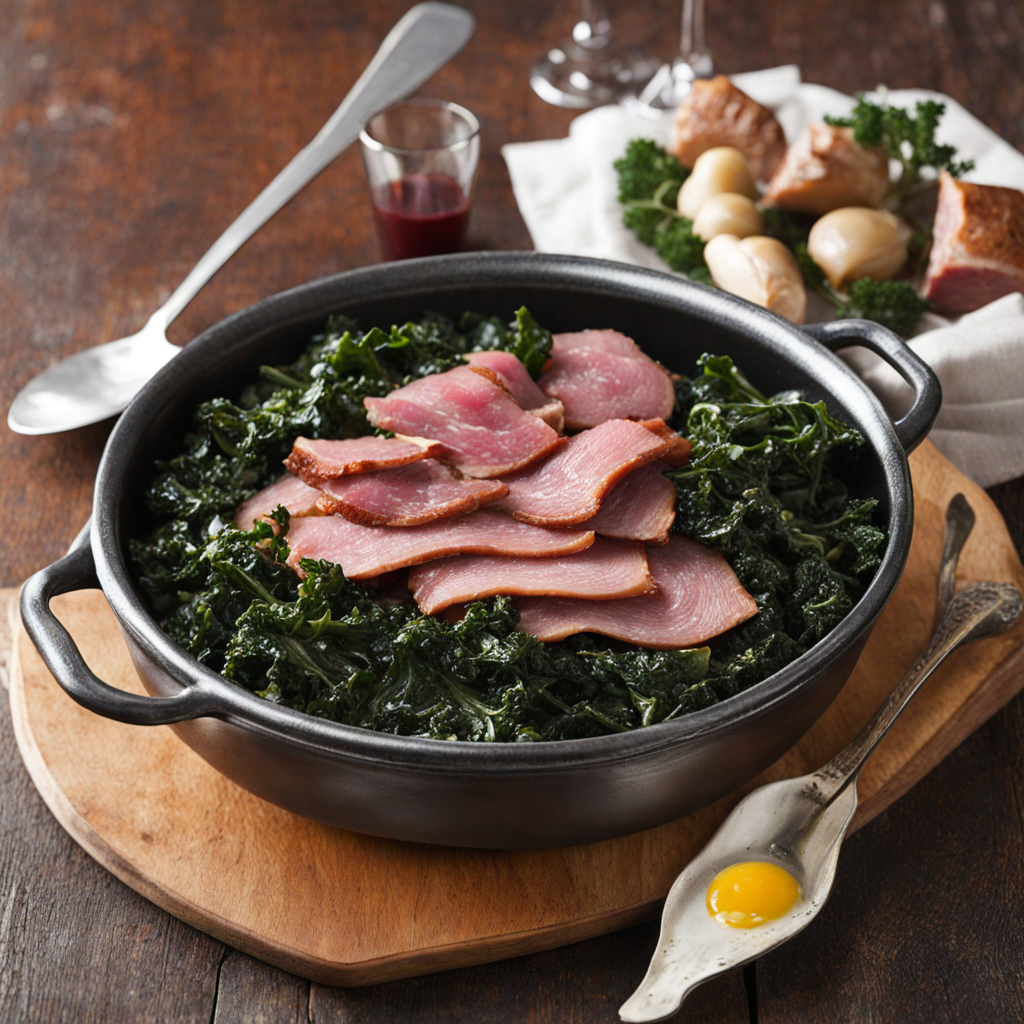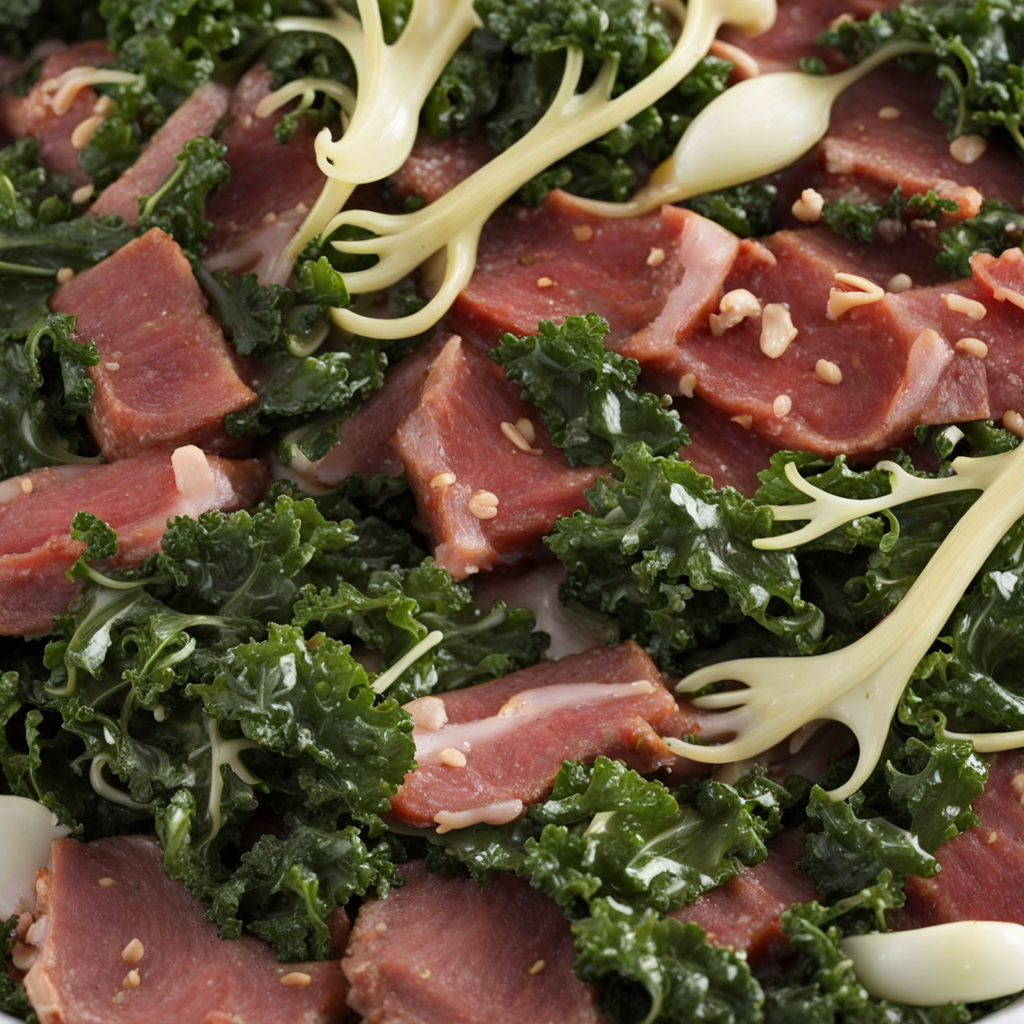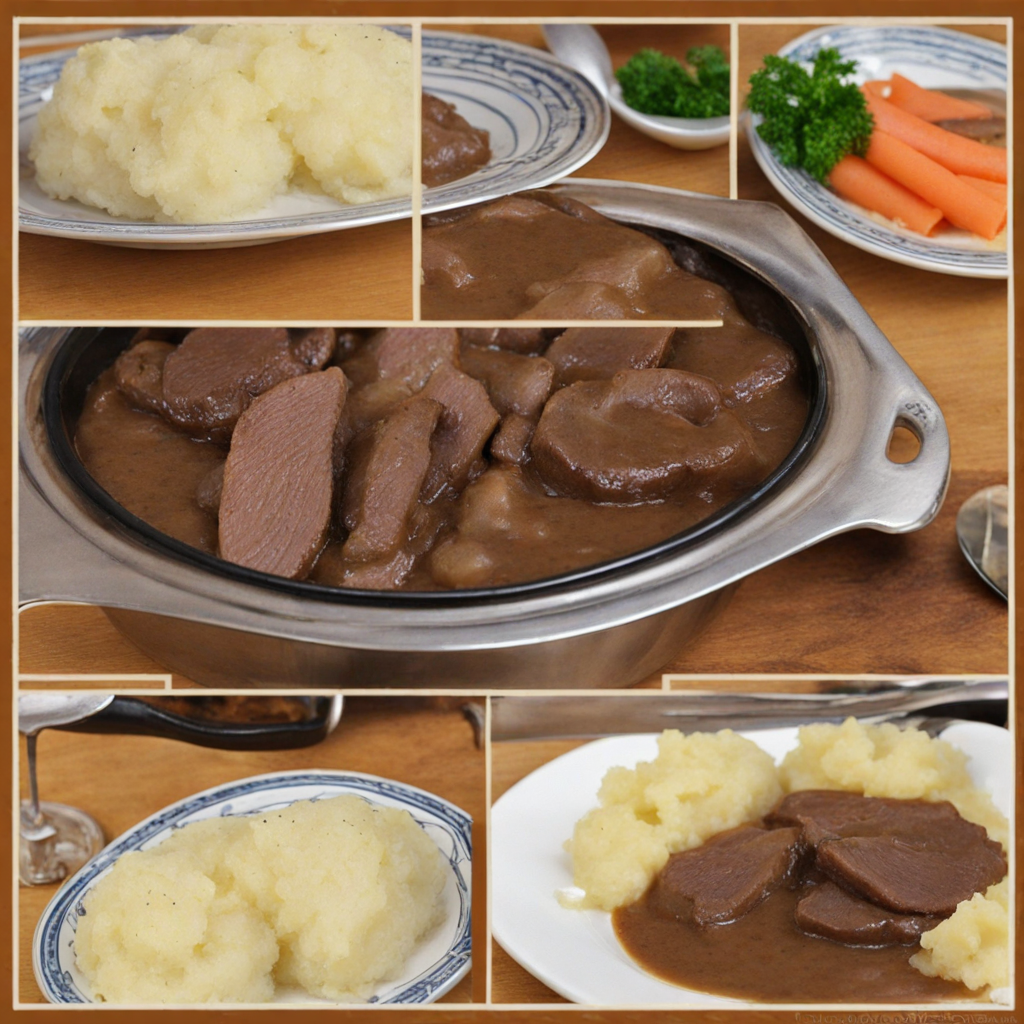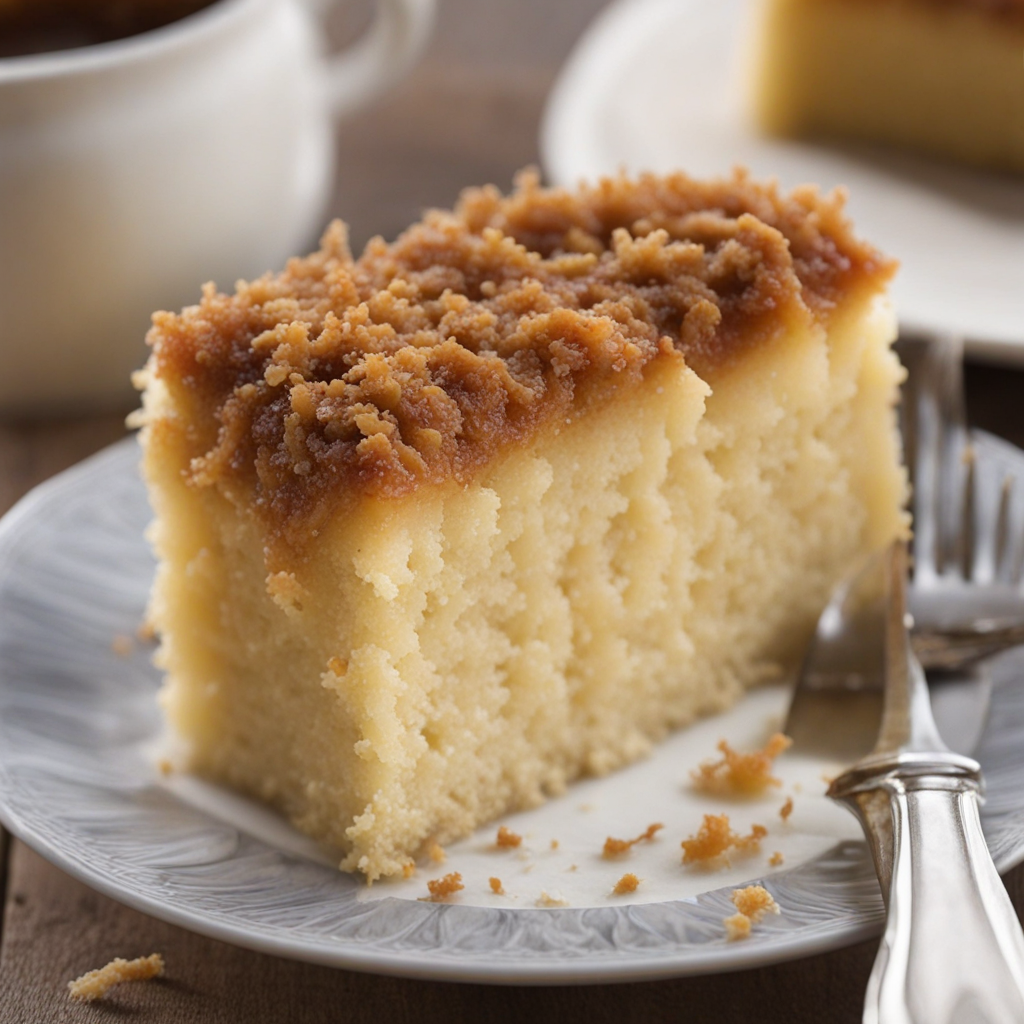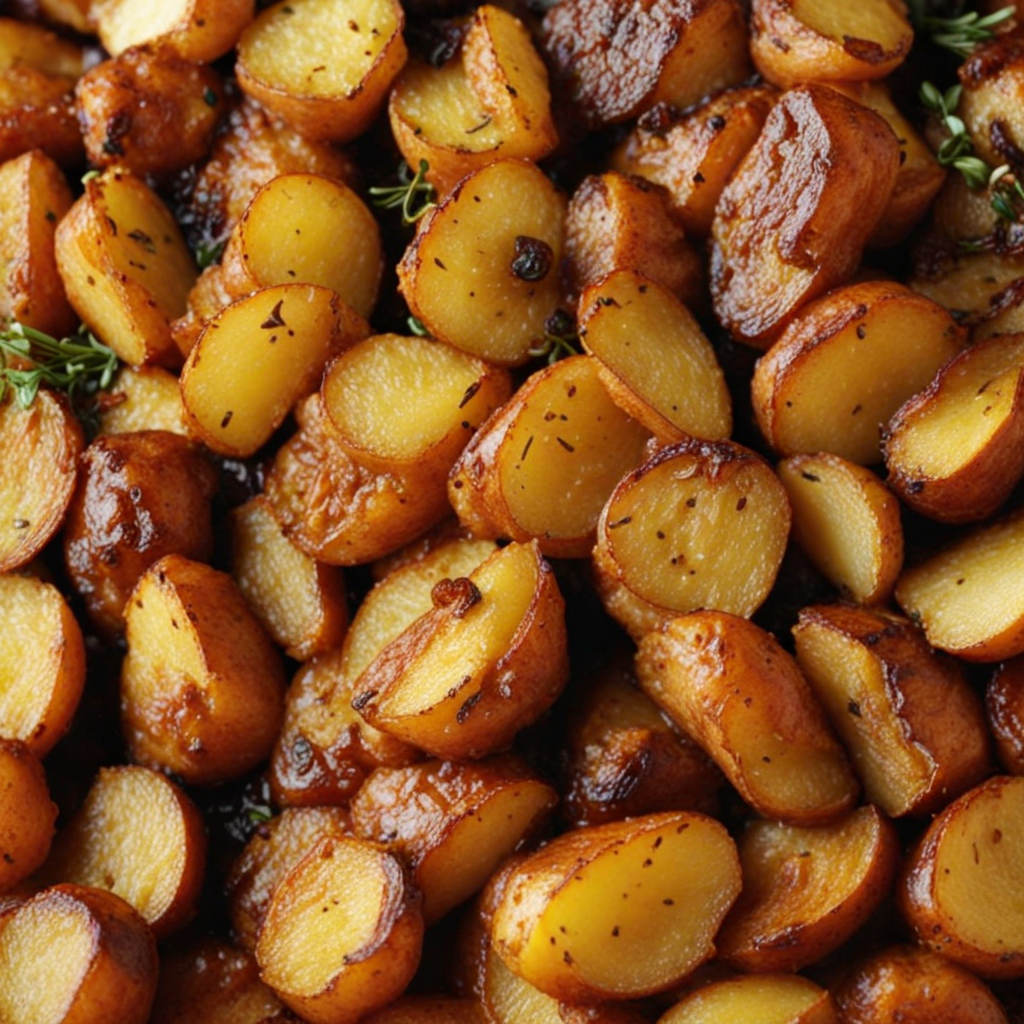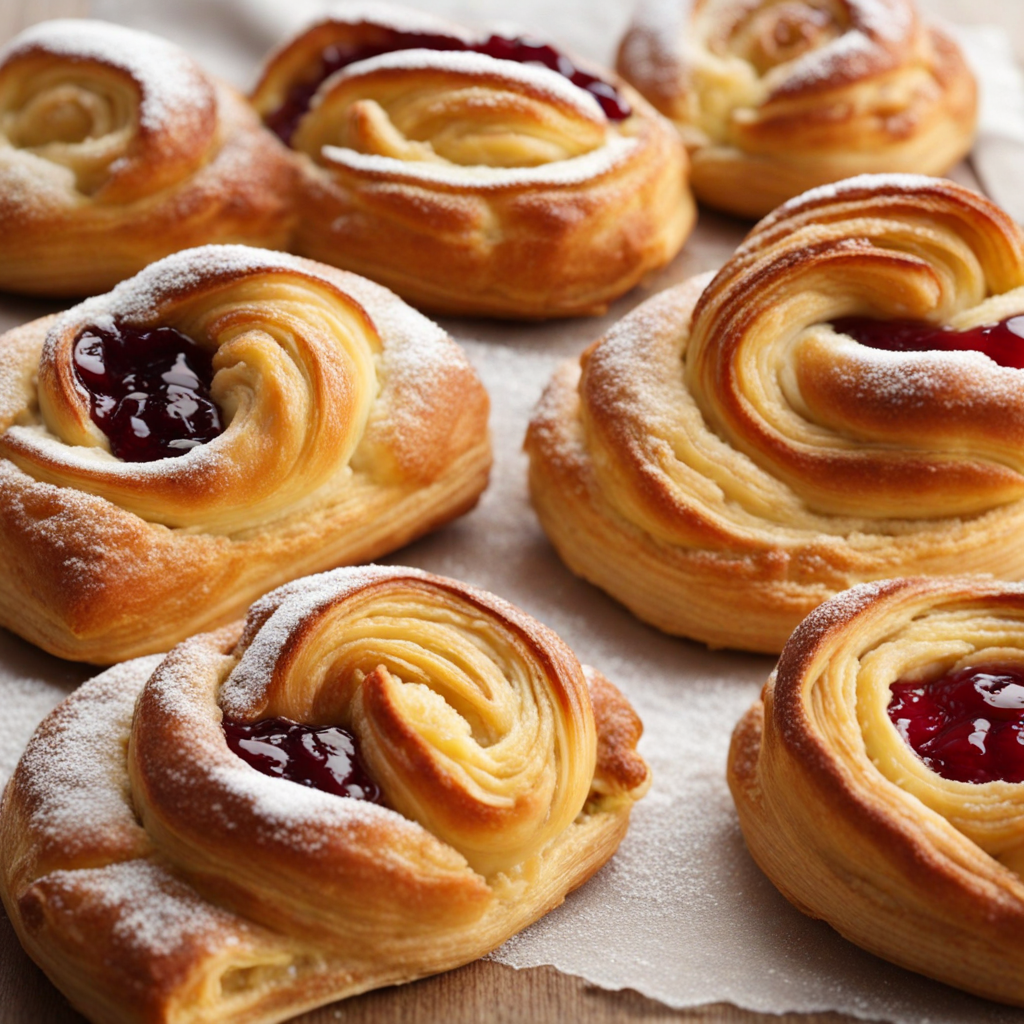Grønlangkål
Grønlangkål is a traditional Danish dish that showcases the rich agricultural heritage of Denmark, particularly its love for vegetables. This dish primarily consists of kale, which is cooked until tender and then seasoned with a variety of spices and sometimes a hint of sweetness. The kale is often blanched before being sautéed with onions, butter, and occasionally a splash of vinegar to enhance its flavor. The result is a vibrant green dish that has a slightly earthy taste, complemented by the aromatic sweetness of caramelized onions, creating a delightful balance on the palate. One of the unique aspects of Grønlangkål is its versatility as a side dish, typically served alongside hearty meats, especially during festive seasons. The dish pairs beautifully with roasted pork, duck, or even meatballs, making it a staple in Danish Christmas dinners. The kale's robust flavor can stand up to rich meats, while its elevated texture adds a comforting element to any meal. Additionally, Grønlangkål can be garnished with crispy bacon or served with a creamy sauce, offering a variety of textures and flavors that can cater to different tastes. In Denmark, Grønlangkål is more than just a dish; it represents a connection to the land and seasonal eating. Often enjoyed in the colder months when kale is at its peak, this dish embodies the warmth and coziness of Danish cuisine. The experience of savoring Grønlangkål not only introduces a new taste but also invites you to immerse yourself in the Danish culture, celebrating the simplicity and sustainability of using locally grown ingredients. Each bite tells a story of tradition and community, making it a must-try for any adventurous food lover.
How It Became This Dish
Grønlangkål: A Culinary Journey Through Danish Tradition Grønlangkål, often translated as "green kale," is a beloved dish that holds a special place in Danish cuisine. This hearty preparation of kale is particularly associated with the winter months and festive occasions, evoking warm memories of familial gatherings and traditional feasts. To truly appreciate Grønlangkål, one must delve into its origins, cultural significance, and its development throughout history. Origins: The Roots of Grønlangkål The history of Grønlangkål can be traced back to the cultivation of kale itself, which is believed to have originated in the Mediterranean region. By the Middle Ages, kale had spread northward, becoming a staple vegetable in the colder climates of Northern Europe. This leafy green thrived in Denmark's cooler temperatures, making it an ideal crop for Danish farmers. In Denmark, kale was not only valued for its nutritional benefits but also for its resilience. It could survive frost, which allowed it to be harvested well into the winter months. This characteristic made kale particularly significant in a time when food preservation was critical for survival. Consequently, it became a central component of the Danish winter diet, providing essential vitamins and nutrients when fresh produce was scarce. The term "Grønlangkål" itself can be broken down: "grøn" means green, while "langkål" refers to long kale or "long cabbage." This reflects the specific type of kale typically used in the dish, which is often harvested late in the season for optimal flavor and texture. The preparation of Grønlangkål typically involves cooking the kale with a bit of butter or fat, seasoned with salt and pepper, and sometimes augmented with additional ingredients like onions or bacon. Cultural Significance: A Dish of Tradition Grønlangkål is more than just a dish; it is a cultural emblem of Danish heritage. Traditionally, it is served as a side dish accompanying a variety of meats, particularly during the Christmas season. In many Danish households, Grønlangkål is paired with roast pork or duck, creating a festive centerpiece that highlights the importance of communal meals during the holidays. The dish also carries with it a sense of nostalgia and familial bonding. Many Danish families have passed down recipes for Grønlangkål through generations, each adding their own twists and personal touches. This continuity of tradition reinforces a strong sense of identity and belonging within the Danish community. In addition to its festive associations, Grønlangkål has also been a symbol of thrift and resourcefulness. In a time when food scarcity was a reality, incorporating kale into meals demonstrated an ability to utilize available resources effectively. This aspect of the dish speaks to the broader Danish cultural ethos of valuing simplicity and sustainability in cooking. Development Over Time: From Peasant Food to Culinary Delight As Denmark transitioned through various historical epochs, so too did the role of Grønlangkål in society. In the 19th century, when industrialization began to take hold, traditional farming practices and diets started to shift. The availability of fresh produce year-round increased, and with it, the culinary landscape began to change. However, Grønlangkål maintained its status as a staple winter dish, revered for its heartiness and flavor. In the 20th century, as global culinary trends began to influence local cuisines, Grønlangkål saw a resurgence in popularity. The rise of the New Nordic Cuisine movement, spearheaded by chefs such as Noma's René Redzepi, placed a renewed emphasis on traditional, local ingredients. This movement prompted chefs and home cooks alike to revisit traditional dishes, leading to a renaissance of interest in Grønlangkål. Modern interpretations of Grønlangkål have emerged, showcasing its versatility. While the classic preparation remains beloved, contemporary chefs experiment with flavors, incorporating elements from global cuisines. Some variations include the addition of spices, vinegars, or even fruits to create a unique twist on the traditional dish. This evolution reflects a broader trend in the culinary world, where traditional ingredients are reimagined to cater to new palates. Nutritional Value and Modern Adaptations With the growing awareness of health and nutrition, Grønlangkål has gained attention for its health benefits. Kale is known for its high levels of vitamins A, C, and K, as well as its rich content of antioxidants. As a result, Grønlangkål is increasingly seen not only as a comforting winter dish but also as a nutritious addition to modern diets. In contemporary Danish cooking, there is a move towards plant-based diets, and Grønlangkål can easily fit within this framework. Vegan and vegetarian adaptations of the dish have emerged, where butter is replaced with olive oil or plant-based alternatives, allowing more people to enjoy this traditional food without compromising their dietary choices. Conclusion: A Dish of Resilience and Community Grønlangkål is more than just a staple of Danish winter cuisine; it is a testament to the resilience of both the land and its people. Rooted in history, it reflects the agricultural traditions of Denmark, the communal spirit of family gatherings, and the adaptability of a dish that has stood the test of time. As it continues to evolve, Grønlangkål remains a cherished symbol of Danish culture, bridging the past with the present, and reminding us of the importance of tradition in an ever-changing world. Whether served at a festive gathering or enjoyed as a comforting side dish on a cold winter's night, Grønlangkål embodies the warmth and richness of Danish culinary heritage. It invites us to savor not only its flavors but also the stories and traditions that flavor each bite. In celebrating Grønlangkål, we honor a dish that has nourished generations and will continue to do so in the years to come.
You may like
Discover local flavors from Denmark


